In the vast world of cryptocurrency, memecoins stand out as a unique and often controversial subcategory. Unlike Bitcoin or Ethereum, which aim to revolutionize finance and decentralize systems, memecoins are often created as jokes or social experiments. Despite their whimsical origins, many memecoins have garnered massive market capitalizations, generating immense wealth for early investors. However, their market dynamics are characterized by extreme volatility and unpredictability, often fueled by internet culture, celebrity endorsements, and social media trends.
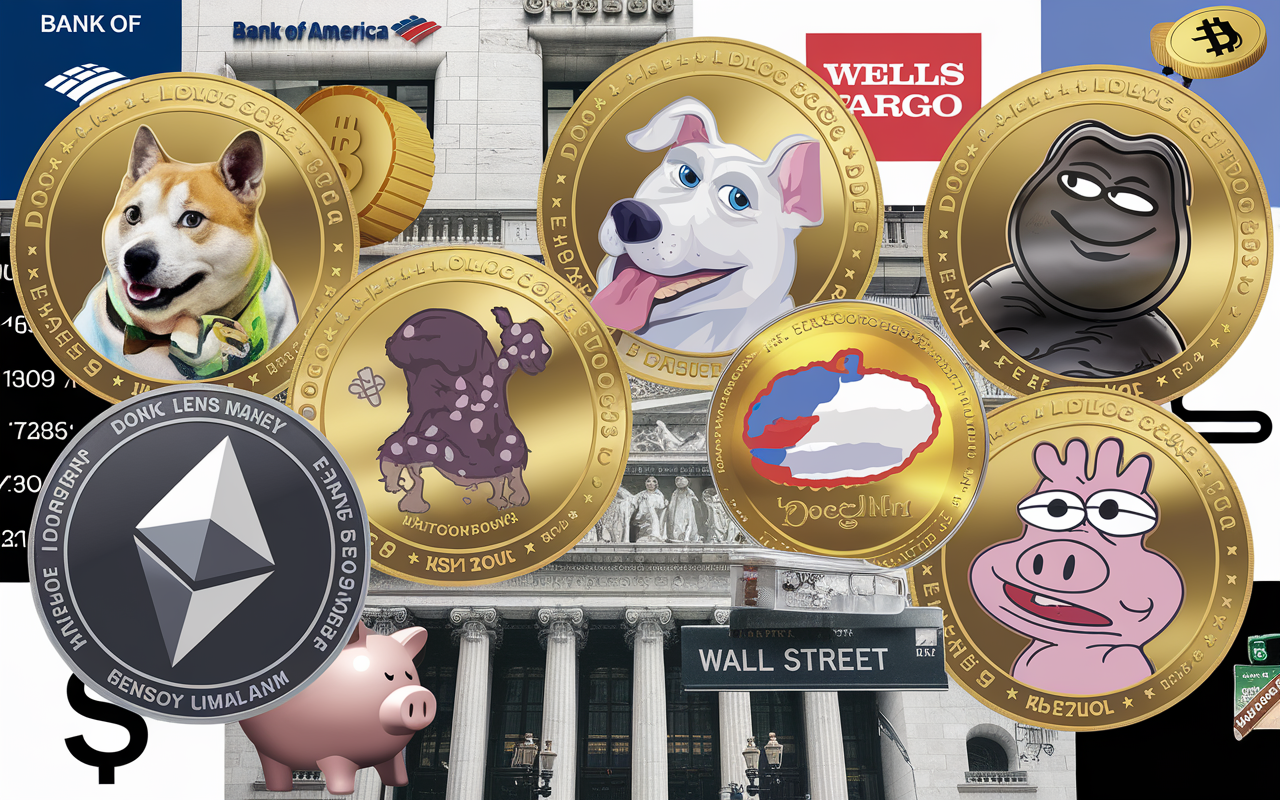
This detailed article explores the history and growth of the most famous memecoins: Dogecoin (DOGE), Shiba Inu (SHIB), PEPE, WiFi (WIF), BONK, FLOKI, and others. We’ll dive into their origins, the technological reasons for their success, the groups of investors who profited, what famous investors said about them, and examine some of the most paradoxical moments in memecoin history.
 1. The Birth of Dogecoin (DOGE): From Joke to a Billion-Dollar Currency
1. The Birth of Dogecoin (DOGE): From Joke to a Billion-Dollar Currency
1.1. The Creators: Billy Markus and Jackson Palmer
Dogecoin (DOGE) was the first true memecoin, created as a joke in December 2013 by two software engineers: Billy Markus and Jackson Palmer. Markus, from Portland, Oregon, wanted to create a fun and light-hearted cryptocurrency that could reach a broader demographic than Bitcoin. Palmer, based in Australia, provided the marketing push by tweeting about his plans to create Dogecoin, which quickly went viral.
- Start of Growth: Dogecoin’s early adoption was propelled by the fun, approachable nature of the currency, which stood in stark contrast to the seriousness of Bitcoin. Initially, DOGE was primarily used for tipping content creators on platforms like Reddit and Twitter. However, its community expanded rapidly, and by 2014, DOGE had a market cap of over $60 million.
1.2. Technological Reasons for Success
Dogecoin was technically a fork of Litecoin (LTC), meaning it borrowed Litecoin’s codebase. Its proof-of-work (PoW) consensus mechanism allowed for faster block generation (one block per minute), making transactions quicker and cheaper than Bitcoin’s. This attracted users who wanted to send and receive small amounts of cryptocurrency without paying high transaction fees.
- Inflationary Design: Unlike Bitcoin, which has a capped supply, Dogecoin is inflationary, with no maximum supply. This design, although criticized by some, has kept transaction fees low and ensured that Dogecoin remains a viable currency for everyday transactions, as opposed to being seen solely as a store of value.
1.3. Investor Success Stories and Influential Endorsements
Early adopters of Dogecoin saw enormous returns as its price skyrocketed over the years. Those who bought DOGE in 2013-2014 for fractions of a cent found themselves sitting on large fortunes by 2021, when DOGE hit an all-time high of $0.73 per coin.
- Elon Musk’s Endorsement: Perhaps the most significant factor in Dogecoin’s explosive growth was Elon Musk, CEO of Tesla and SpaceX. Musk’s tweets about Dogecoin, including one calling it the “people’s cryptocurrency,” caused massive surges in DOGE’s price. Musk even declared himself the “Dogefather,” further fueling the coin’s rise.
1.4. Paradoxical Moments in Dogecoin’s History
One of the most paradoxical moments in Dogecoin’s history occurred in 2021, during the “Saturday Night Live” episode hosted by Elon Musk. Many investors expected Musk to promote Dogecoin during his appearance, leading to a speculative frenzy and a sharp rise in price leading up to the show. However, after Musk referred to Dogecoin as a “hustle,” the coin’s price plummeted, wiping out billions in market value overnight.
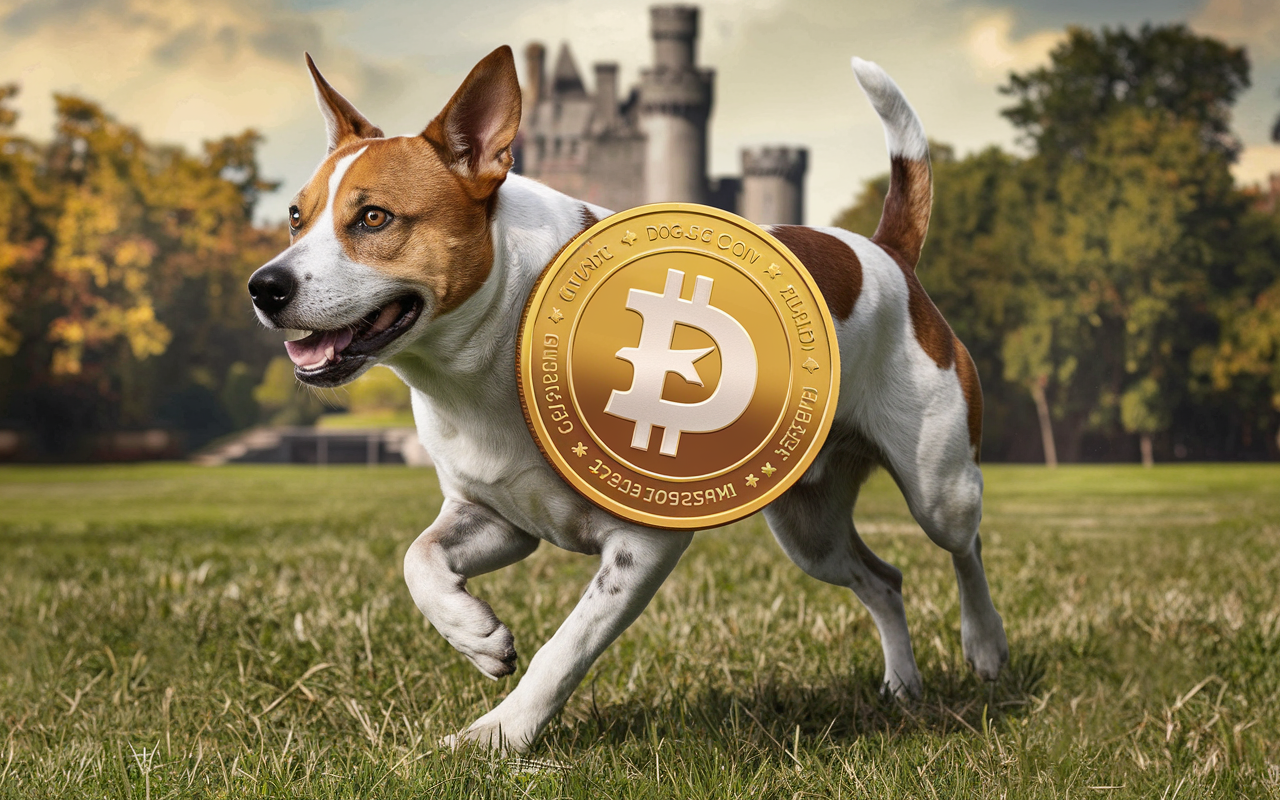
 2. Shiba Inu (SHIB): The “Dogecoin Killer” that Surpassed Expectations
2. Shiba Inu (SHIB): The “Dogecoin Killer” that Surpassed Expectations
2.1. The Anonymous Creator: “Ryoshi”
Shiba Inu (SHIB) was launched in August 2020 by an anonymous creator known as “Ryoshi.” Unlike Dogecoin, which was built on its own blockchain, SHIB is an ERC-20 token on the Ethereum network. It was marketed as the “Dogecoin killer,” aiming to capitalize on the growing popularity of dog-themed cryptocurrencies.
2.2. Technological Success and Ecosystem
Shiba Inu’s success stems from its strategic use of Ethereum’s blockchain, which allowed it to benefit from Ethereum’s decentralized applications (dApps), smart contracts, and liquidity pools. SHIB is more than just a meme token; its ecosystem includes other tokens like LEASH and BONE, and the ShibaSwap decentralized exchange (DEX), where users can stake their SHIB tokens for rewards.
- Decentralized Exchange (ShibaSwap): ShibaSwap allowed SHIB holders to stake their tokens, adding an additional layer of utility to the token. This feature helped attract investors who were looking for more than just speculative gains and wanted to participate in decentralized finance (DeFi) activities.
2.3. SHIB’s Meteoric Rise and Investor Profiles
SHIB’s rise was nothing short of extraordinary. In just under a year, it surged from near-zero value to a peak market cap of over $41 billion in October 2021. Early investors, especially those who bought millions or billions of SHIB tokens for pennies, became millionaires almost overnight.
- Retail Investors: SHIB attracted a wide range of retail investors, many of whom were looking for the next Dogecoin. Its low price per token made it appealing to small-scale investors, who could buy large amounts for very little money.
- Vitalik Buterin’s Involvement: In an unusual move, Ryoshi sent 50% of SHIB’s total supply to Ethereum co-founder Vitalik Buterin’s wallet. In May 2021, Buterin donated a significant portion of his SHIB holdings (worth over $1 billion at the time) to the India Covid-Crypto Relief Fund, causing a temporary drop in SHIB’s price.
2.4. Paradoxical Cases in SHIB’s History
One of the strangest moments in SHIB’s history was when a wallet that had bought around $8,000 worth of SHIB in 2020 became worth over $5.7 billion by 2021. This wallet represented one of the greatest returns on investment in financial history, but its owner never moved or sold the tokens, leaving the massive fortune untouched.

 3. PEPE Coin: Meme Power Without Utility
3. PEPE Coin: Meme Power Without Utility
3.1. Origins of PEPE Coin
PEPE coin was launched in 2021 as a homage to the infamous internet meme “Pepe the Frog,” which had become a symbol for various online communities. Unlike Dogecoin or Shiba Inu, PEPE had no real utility beyond being a memetic token. It was created purely for speculative purposes, and its success relied heavily on the popularity of the meme.
3.2. Technological Simplicity
PEPE is another ERC-20 token built on Ethereum, offering little in terms of innovation. Its creators intentionally avoided giving the token any real use case, betting instead on the power of memes and the collective enthusiasm of internet culture to drive its value.
3.3. The Investors Who Profited
PEPE attracted a niche audience of investors who were familiar with the “Pepe the Frog” meme and its associated internet culture. Many of these investors saw PEPE as a joke but were willing to take a small financial risk in exchange for the chance to ride a viral wave.
- Small-Scale Investors: Unlike larger cryptocurrencies, PEPE primarily attracted small-scale, speculative investors who were looking for quick gains. Many who invested early saw their tokens surge in value as the meme gained popularity.
3.4. Paradoxical Moments
One of the most paradoxical aspects of PEPE is that it managed to achieve a multi-million dollar market cap despite having no inherent value or utility. The token’s rise underscored how internet culture can influence financial markets in unpredictable ways, creating a bubble of value where none should logically exist.

 4. WiFi (WIF): A Memecoin with a DeFi Twist
4. WiFi (WIF): A Memecoin with a DeFi Twist
4.1. The Creation and Initial Hype
WiFi (WIF) was launched as a memecoin with a decentralized finance (DeFi) angle. Its creators, anonymous developers active in the DeFi community, positioned WiFi as a token for yield farming, liquidity provision, and staking, hoping to combine the appeal of memecoins with the burgeoning DeFi market.
4.2. Technological Edge: DeFi Integration
WiFi was built on Ethereum, allowing it to interact seamlessly with DeFi protocols. The token allowed users to participate in staking pools and earn rewards in the form of other cryptocurrencies. This gave WiFi a degree of utility that most other memecoins lacked, attracting investors who wanted to take advantage of both the memecoin hype and the growing DeFi space.
4.3. Investor Profiles and Success Stories
WiFi attracted two main types of investors: memecoin enthusiasts and DeFi participants. Early yield farmers who participated in WiFi’s liquidity pools earned significant returns on their staked tokens, while memecoin investors benefited from the token’s initial price surge.
4.4. Paradoxical Cases
Despite its DeFi integration, WiFi remained largely speculative, and its price was prone to sudden crashes. One of the more paradoxical cases involved an investor who earned significant rewards through WiFi’s staking pools, only to lose much of their earnings in a subsequent price collapse caused by a liquidity crunch.
 5. BONK: The Solana-Based Memecoin
5. BONK: The Solana-Based Memecoin
5.1. Origins and Creator Mystery
BONK was launched on the Solana blockchain in 2022, inspired by the success of other dog-themed tokens like SHIB and Dogecoin. Its creators remain anonymous, and the token was introduced with the intention of spreading community-wide rewards to Solana users.
5.2. Technological Foundations
BONK was unique for being one of the first major memecoins on the Solana network, which is known for its high transaction speeds and low fees. Unlike many Ethereum-based memecoins, BONK users benefited from Solana’s scalability, which allowed for fast and cheap transactions even during periods of high network congestion.
5.3. Who Made Money on BONK?
The BONK airdrop in early 2023 was one of the largest in crypto history. Early participants, including Solana users and developers, received free BONK tokens, many of which saw significant value increases. Those who sold early in the hype cycle made substantial profits.
5.4. Paradoxical Moments in BONK’s History
Despite the initial hype, BONK’s value plummeted as quickly as it rose, catching many latecomers off-guard. Some investors who held onto their tokens, hoping for sustained growth, were left with significantly devalued portfolios as the token’s price collapsed shortly after its initial spike.
 6. Floki Inu (FLOKI): The Viking-Inspired Meme Coin
6. Floki Inu (FLOKI): The Viking-Inspired Meme Coin
6.1. The Birth of FLOKI Inu
Named after Elon Musk’s Shiba Inu dog, Floki, FLOKI Inu was launched in 2021 by a group of anonymous developers. FLOKI capitalized on the combined popularity of Dogecoin, Shiba Inu, and Musk’s influence, branding itself as a meme token with real-world applications.
6.2. Technological Aspects and Ecosystem
FLOKI Inu is built on both the Ethereum and Binance Smart Chain networks, providing investors with cross-chain functionality. The developers have also integrated real-world applications into the FLOKI ecosystem, such as the Valhalla NFT metaverse and FlokiFi, a DeFi platform.
6.3. Investor Profiles and Success Stories
FLOKI Inu attracted a mix of retail investors and meme enthusiasts, many of whom were drawn in by Elon Musk’s indirect connection to the token. Early buyers saw impressive returns as the token’s price surged following a marketing campaign that included ads in cities like London.
6.4. Paradoxical Moments
One of the more unusual moments in FLOKI’s history occurred when the token’s price surged following a marketing stunt involving physical billboards in major cities, including London. While traditional marketing tactics are uncommon in the crypto world, FLOKI’s team successfully leveraged these campaigns to boost the token’s visibility and market value.

7. The Future of Memecoins: A Paradox in Motion
7.1. Can Memecoins Mature?
As the memecoin market continues to evolve, there’s a possibility that it could become more mature, integrating real-world utility and DeFi applications. However, the paradoxical nature of memecoins—a blend of humor, speculation, and volatility—means that their future is uncertain.
7.2. Conclusion: The Double-Edged Sword of Memecoins
Memecoins have created immense wealth for early investors but have also left many latecomers with substantial losses. While some tokens, like SHIB and FLOKI, have started developing ecosystems that go beyond memes, the market remains speculative and unpredictable.
As a testament to the power of internet culture and social media, memecoins will continue to play a role in the cryptocurrency world—whether as financial bubbles or as tokens of genuine innovation.


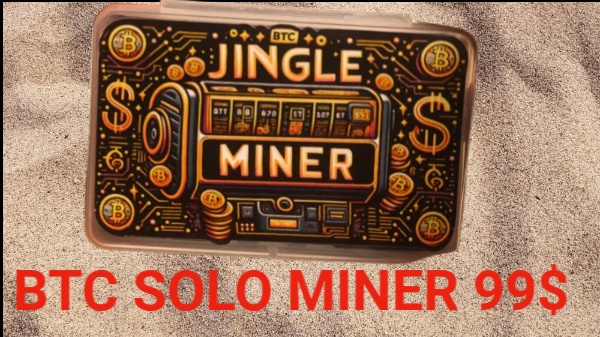

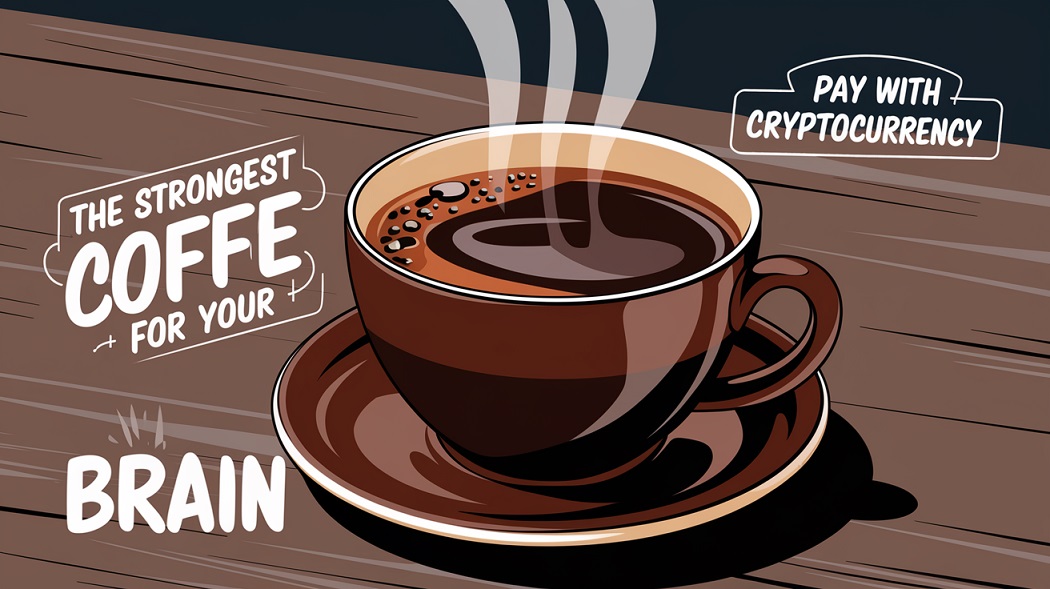






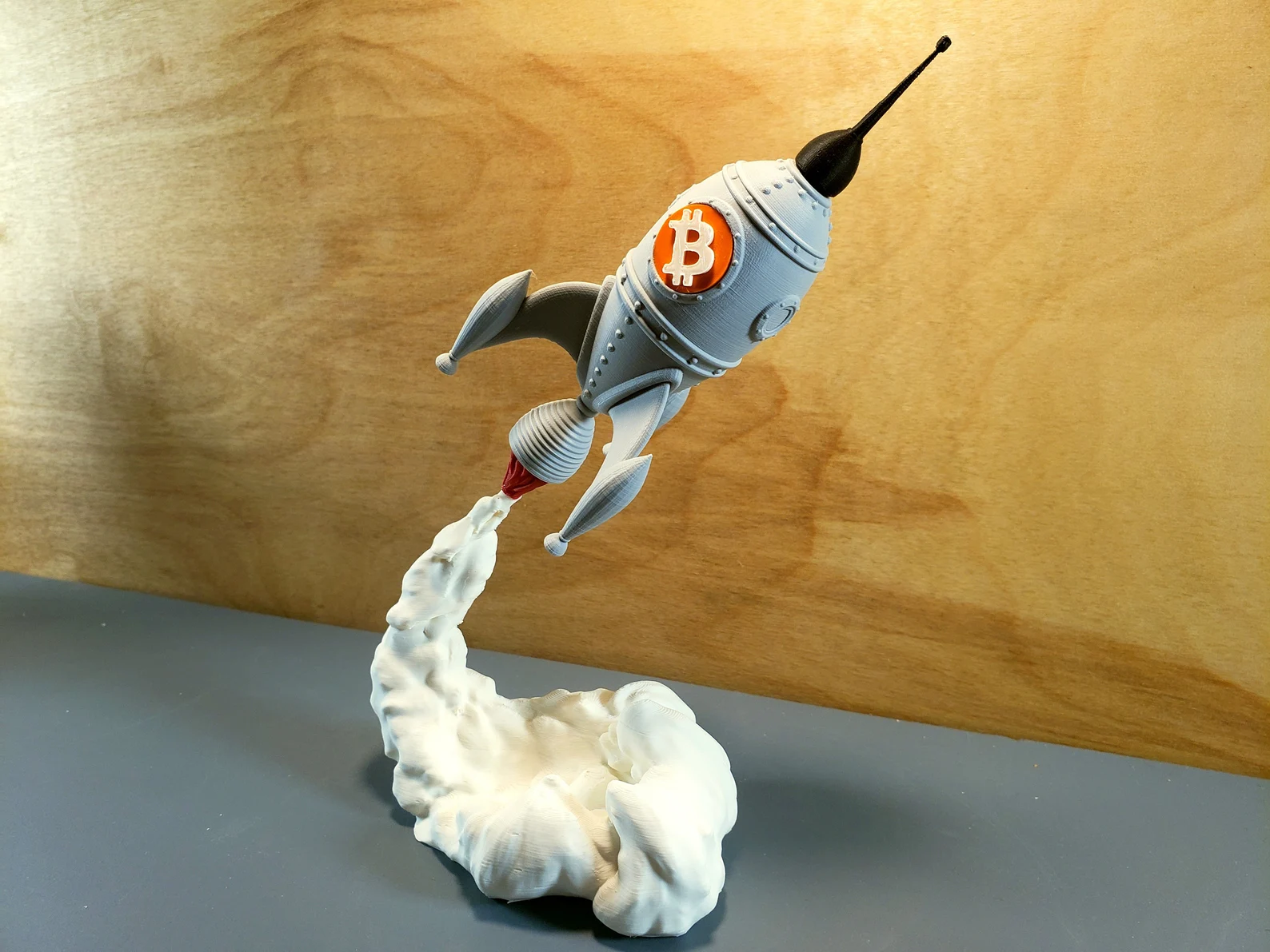


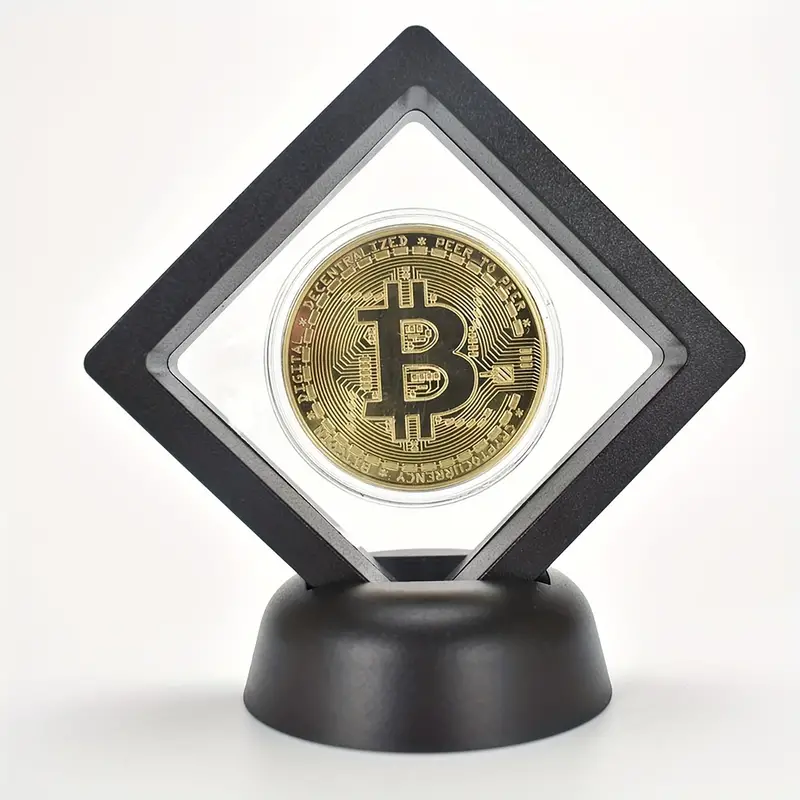
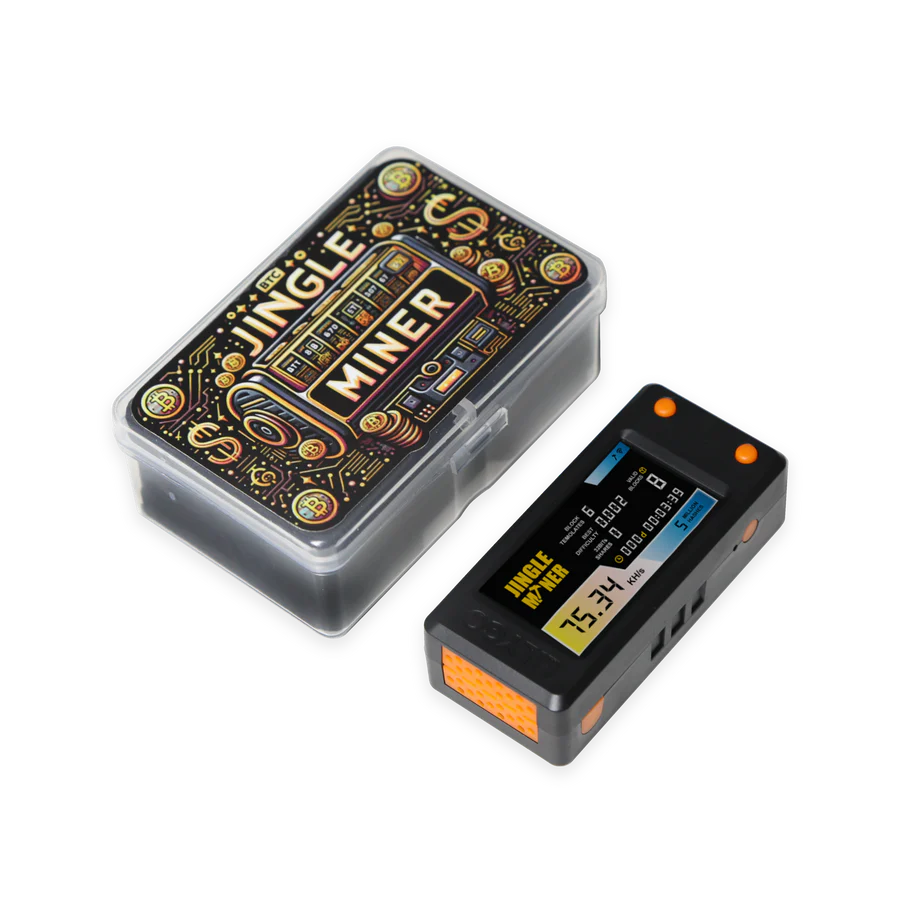

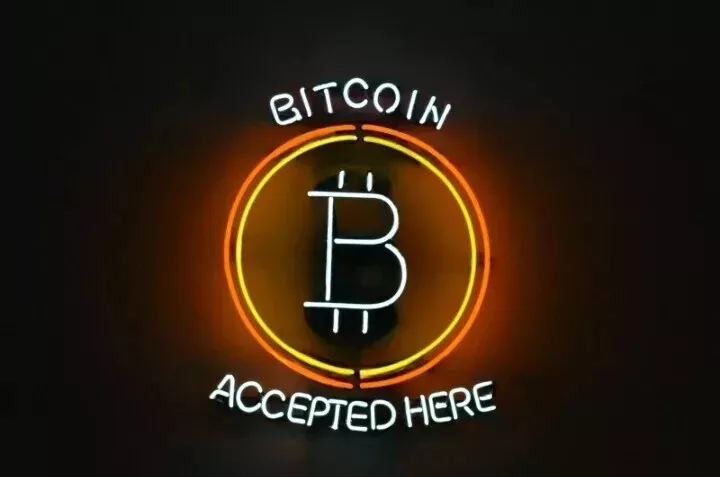


Discussion about this post